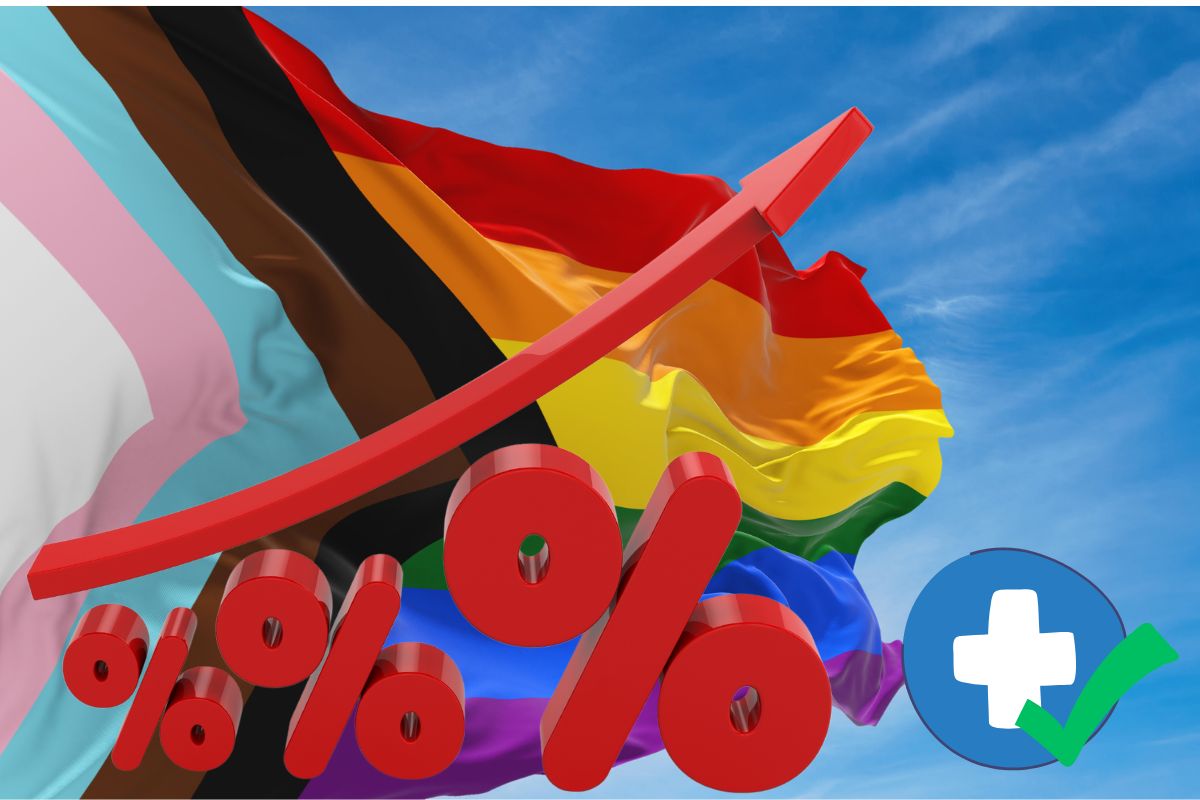The Supreme Court’s ruling recognizing same-sex marriage brought more equitable coverage for couples.
Following the 2015 Supreme Court ruling to recognize same-sex marriage, health insurance companies responded by providing LGBTQ+ couples with improved and more equitable coverage, including spousal benefits, according to the findings of a recent study published in the Health Affairs journal.
The findings showed that LGBTQ+ adults saw a substantial increase in healthcare access.
The Health Affairs journal published the study titled “Health Insurance Coverage And Access To Care Among LGBT Adults, 2013–19,” by Andrew Bolibol of Harvard University, Thomas C. Buchmueller of the University of Michigan, Benjamin Lewis of Massachusetts Institute of Technology, and Sarah Miller of the University of Michigan.

What the researchers found was that the percentage of adults who identify as LGBTQ+ and who had a usual source of healthcare access increased from 64 percent in 2013 to 75 percent in 2019. They also determined that the coverage disparities started reduction when the primary coverage components of the Affordable Care Act went into place and that these improvements continued following the Supreme Court’s ruling in 2015 to recognize same-sex marriage.
The Affordable Care Act was credited with a substantial decrease in health insurance access disparities.
By 2017 through 2019, LGBTQ+ adults had coverage rates that were comparable to their non-LGBTQ+ counterparts. That said, it was pointed out that there remained notable disparities when it came to healthcare access.
LGBTQ+ adults who had partners had a slightly higher likelihood of having coverage by 2019 than was the case for single LGBTQ+ adults, said the publication in the journal. That said, while in 2013, single LGBTQ+ adults had lower coverage rates than their non-LGBTQ+ counterparts, by 2019, they “were 3 percentage points more likely to have insurance.”
Still, the concern was raised that even with expanded access to health insurance and care, LGBTQ+ adults “were still more likely to report having trouble paying medical bills and going without necessary medical care because they could not afford it,” said the researchers in their paper.
It should be noted that some states are currently actively pursuing a reduction or reversal of LGBTQ+ care, including services for transgender youth. Experts have been reporting that this could reverse the gains reported by the researchers.

